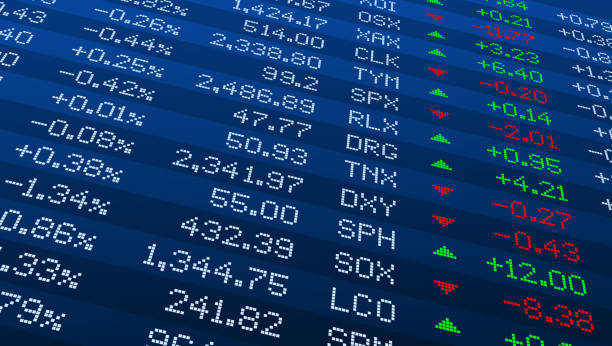What is iNAV in ETF?
Indicative net asset value (iNAV) is a measure of the intraday net asset value (NAV) of an investment. iNAV is reported approximately every 15 seconds. It gives investors a measure of the value of the investment throughout the day.
Net Asset Value (NAV) vs Indicative Net Asset Value (iNAV).
NAV represents the end-of-day value of a fund or an ETF. For example, Nifty bees NAV is 191.
iNAV represents the real-time value of a fund.
How iNAV is calculated?
As per above Nifty bees closing NAV is 191 and if Nifty 50 index opens 1% up the next day, the iNAV will be 191 + 1.91 or 192.91. This value changes every 15 seconds based on movement of the Nifty 50 index.
The iNAV price represents the “fair” cost of an ETF in real-time. iNAV allows investors/traders to compare the price of ETF on NSE when buying and selling them on the market. They should trade them at a price close to the iNAV value.
The above example is theoritical one. In reality, the prices will not trade at iNAV. Why?
There should be someone to provide liquidity for the ETFs in the market, only then investors/traders could buy and sell them. There is an entity called market markers or authorized participants, who provide liquidity on the stock exchanges.
Market makers are appointed by the AMC, providing continuous two-way quotes on the exchange, meaning they buy at the bid and sell at the offer. So, they provide buy quotes at lower than iNAV and sell quotes at higher than iNAV.
In the above example of iNAV 191, they will provide buy quote at 190.5 and sell quote at 191.5.
Hence investors cannot buy exactly at iNAV; buy at a premium and sell at a discount. The explanation given above is just an illustration, in real-time price difference could be smaller.
iNAV is available for international ETFs as well, but since the markets and live indices are not available, the iNAV is calculated based on previous day NAV + live futures prices of the indices.
iNAVs are available in the AMC websites and select brokers.
